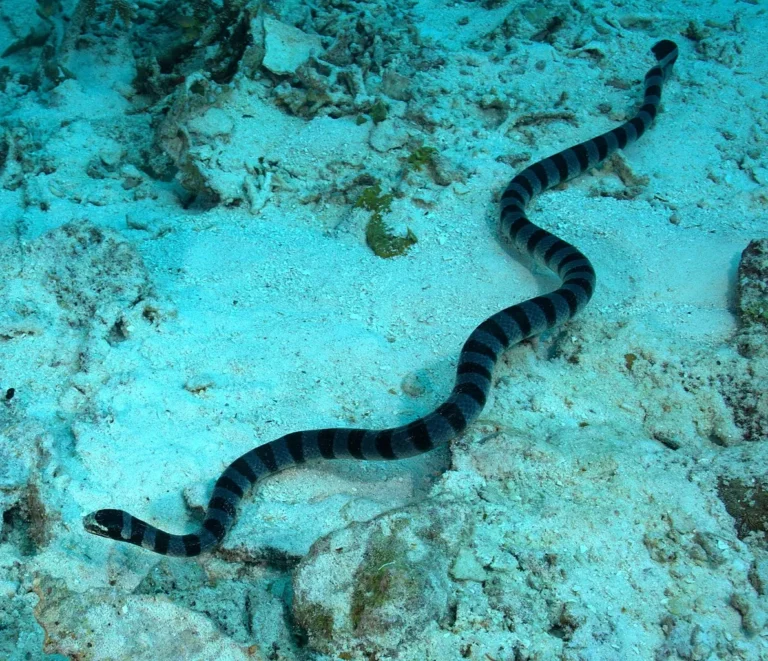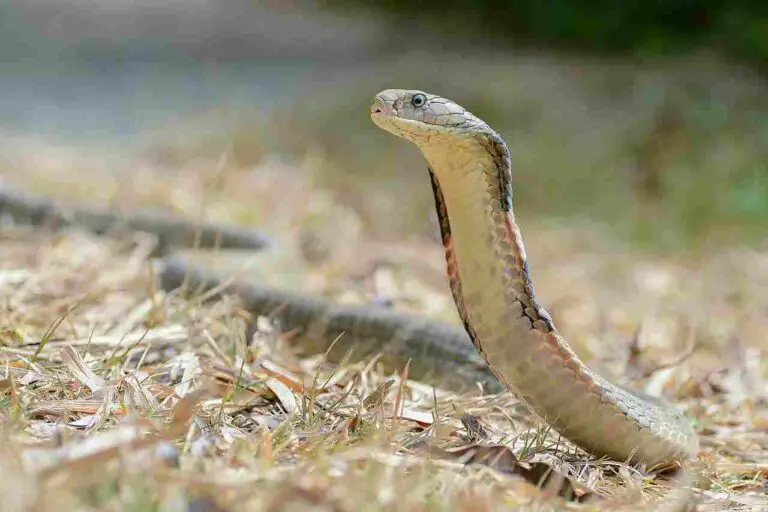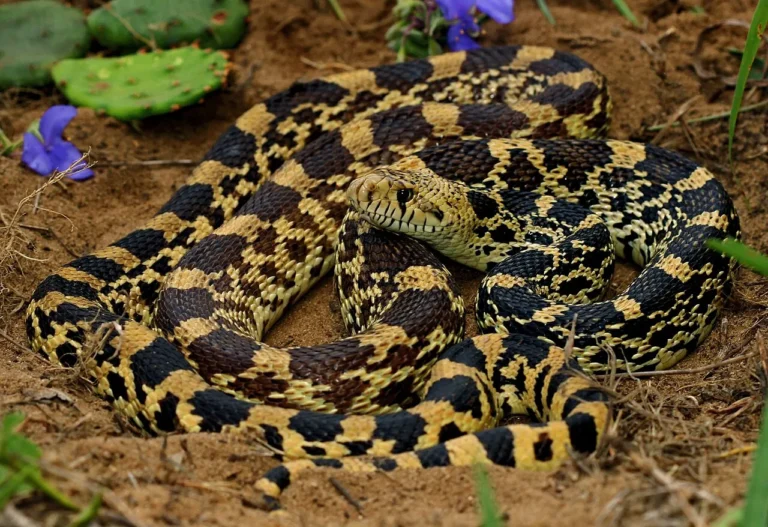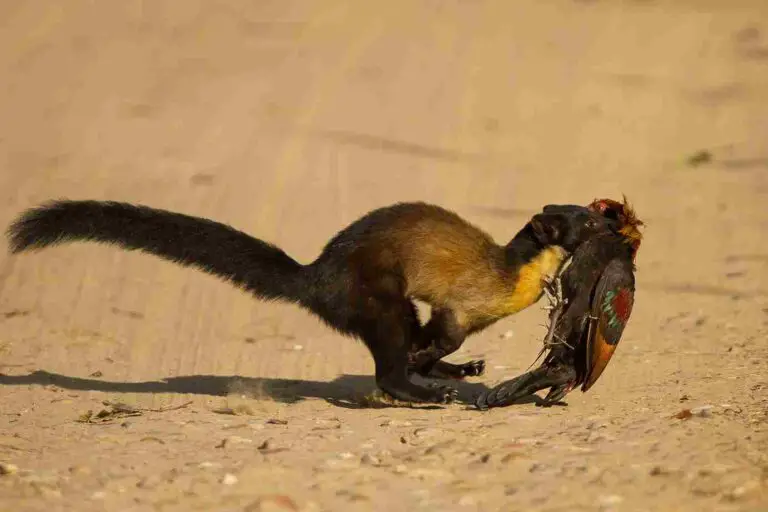Leopard Vs Cheetah Size, Weight, Ecology: Differences Between Cheetah and Leopard
A leopard will win a cheetah in a fight because it is heavier, stronger, more aggressive, and predatory. These factors, along with others like size and weight, are used to compare the two big cats in this article. The leopard’s weight advantage gives it a greater physical strength, making it more likely to overpower the cheetah in a confrontation.
Additionally, the leopard’s higher level of aggressiveness and superior predatory attributes contribute to its advantage in a fight.
Reasons Why a Leopard Will Win a Cheetah In a Fight/Physical Confrontation
I). Weight and Strength Advantages
One of the main reasons why a leopard will win a cheetah in a fight or physical confrontation is due to its weight and strength advantages. Leopards are significantly heavier than cheetahs, which gives them a greater physical strength.
This extra weight allows leopards to overpower cheetahs in a confrontation, giving them the upper hand in a fight. With their muscular build and powerful limbs, leopards have the ability to deliver strong and forceful blows to their opponents, further enhancing their advantage in a physical confrontation.
II). Higher Aggressiveness
Another factor that contributes to a leopard’s advantage over a cheetah in a fight is its higher level of aggressiveness. Leopards are known for their fierce and aggressive nature, making them more likely to initiate and engage in confrontations.
Their aggressive behavior gives them the confidence and determination to overpower their opponents, including cheetahs. In a fight, a leopard’s aggressive nature can be a decisive factor in gaining the upper hand and emerging as the victor.
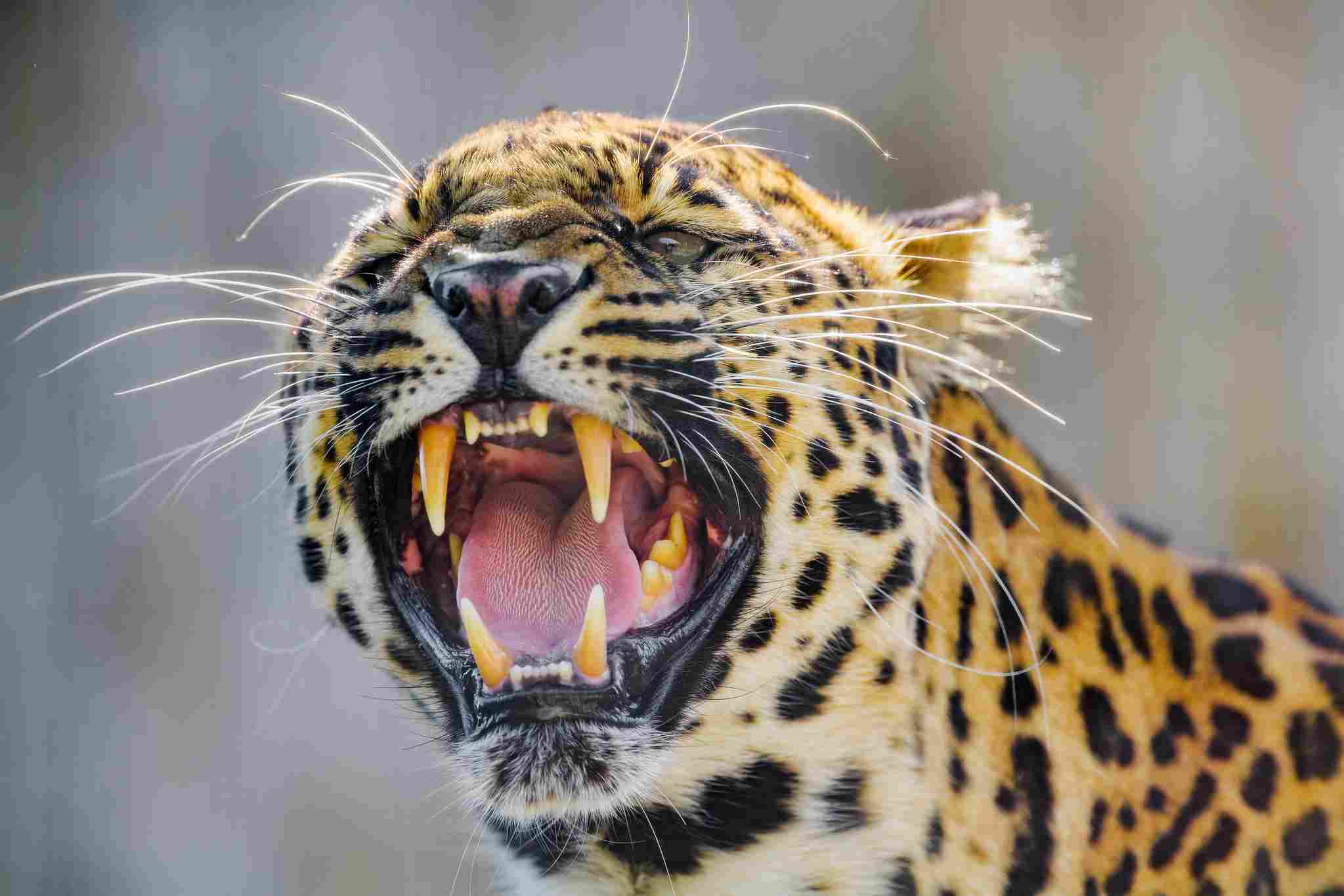
III). Superior Predatory Attributes
Leopards possess superior predatory attributes compared to cheetahs, which also plays a significant role in their ability to win in a fight. Leopards are highly skilled and efficient hunters, capable of taking down larger prey with their powerful jaws and sharp claws. Their predatory instincts and techniques give them an advantage in combat situations, allowing them to effectively target and disable their opponents.
In contrast, cheetahs are primarily built for speed and agility, lacking the same level of predatory prowess as leopards. This difference in predatory attributes further tilts the odds in favor of leopards in a fight or physical confrontation.
*Details of Comparison
1). Taxonomy
The taxonomy of the leopard (Panthera pardus) and the cheetah (Acinonyx jubatus) reveals interesting differences between these two big cats. While both belong to the Felidae family, they are classified under different genera and species. The leopard falls under the Panthera genus and the pardus species, while the cheetah is classified under the Acinonyx genus and the jubatus species.
These taxonomic distinctions highlight the unique characteristics and evolutionary paths of each animal. The leopard’s classification within the Panthera genus places it in the same group as other big cats like lions, tigers, and jaguars. On the other hand, the cheetah’s classification under the Acinonyx genus sets it apart as a distinct species with its own set of physical and behavioral adaptations.
A look at the taxonomy of these animals provides a conceptual foundation for further exploration of their differences in appearance, size, weight, speed, and other aspects.
2). Appearance
The appearance of the leopard and the cheetah showcases distinct characteristics that set them apart. Starting with their coats, both big cats have unique fur patterns. The leopard’s coat features rosettes, which are dark spots with a lighter center, while the cheetah’s coat is adorned with solid black spots. These patterns serve as effective camouflage in their respective habitats.
In terms of stature and build, the leopard is known for its muscular and stocky body. It has a robust frame, allowing it to climb trees effortlessly. On the other hand, the cheetah has a slender and streamlined physique, built for speed and agility. Its lightweight body and long legs enable it to reach incredible speeds in pursuit of prey.
When comparing the two animals side by side, the leopard appears more powerful and compact, while the cheetah exudes a sleek and graceful appearance. These physical differences reflect their distinct hunting strategies and lifestyles.
Therefore, the appearance of the leopard and the cheetah showcases their unique adaptations to their environments. The leopard’s rosette-patterned coat and muscular build make it a formidable predator in various habitats. Meanwhile, the cheetah’s spotted coat and slender physique are tailored for high-speed chases on the open plains.
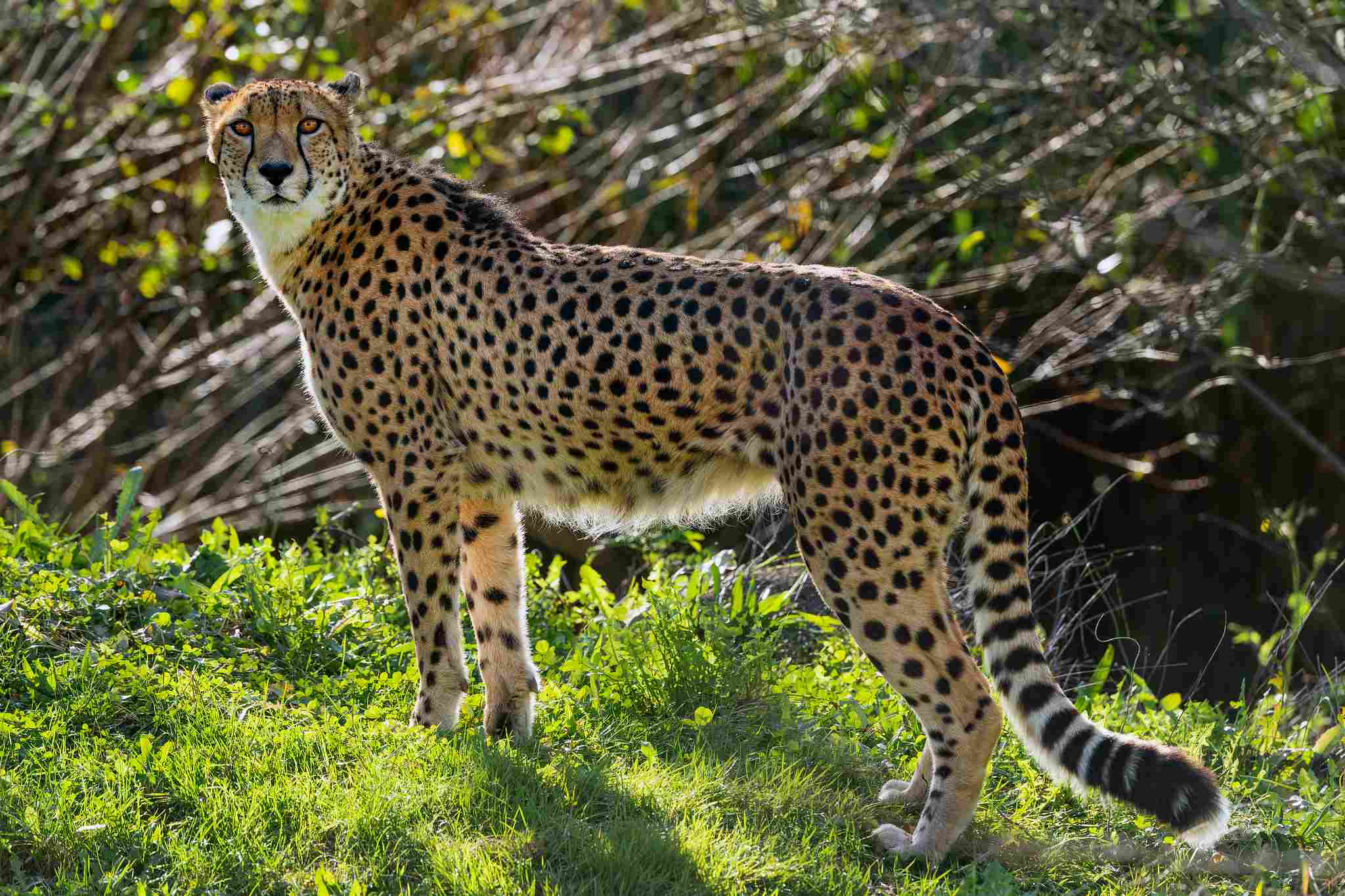
3). Size
When comparing the size of the leopard and the cheetah, there are notable differences in their total body length and height at the shoulders. The leopard is generally larger than the cheetah in terms of overall size.
Leopards typically measure between 4.5 to 6.2 feet in total body length, excluding the tail, which can add an additional 2.6 to 3.1 feet. In comparison, cheetahs have a total body length ranging from 3.5 to 4.5 feet, with a tail length of around 2.5 to 3 feet.
In terms of height at the shoulders, leopards stand at around 2 to 2.6 feet, while cheetahs have a slightly shorter height of about 2 to 2.3 feet.
These differences in size are attributed to the distinct adaptations and lifestyles of the two big cats. The leopard’s larger size provides it with more strength and power, allowing it to take down larger prey and defend its territory effectively. On the other hand, the cheetah’s smaller and more lightweight build enables it to achieve incredible speeds, making it the fastest land animal.
Therefore, the leopard is generally larger than the cheetah in terms of total body length and height at the shoulders.
4). Weight
Leopards are generally heavier than cheetahs.
Leopards can weigh anywhere between 66 to 176 pounds, with males being larger and heavier than females. On the other hand, cheetahs are much lighter, weighing around 77 to 143 pounds.
The difference in weight can be attributed to their different hunting strategies and lifestyles. Leopards are known for their strength and ability to take down larger prey, which requires more power and muscle mass. In contrast, cheetahs rely on their incredible speed and agility to chase down and capture their prey, which doesn’t require as much physical strength.
The weight difference between the two big cats also affects their overall physical capacity. Leopards, being heavier and more muscular, have a greater ability to fight and defend themselves against other predators. Cheetahs, on the other hand, are more vulnerable due to their lighter weight.
5). Leopard Vs Cheetah Speed and Agility
When it comes to speed and agility, the cheetah significantly exceeds the leopard. Cheetahs are the fastest land animals, capable of reaching speeds up to 70 miles per hour in just a few seconds. Their slender body, long legs, and flexible spine allow them to cover great distances in a short amount of time. This incredible speed is crucial for their hunting strategy, as they rely on their ability to outrun their prey.
On the other hand, leopards are not as fast as cheetahs, but they are still impressive in their own right. Leopards can reach speeds of up to 36 miles per hour, which is significantly slower than cheetahs. However, what leopards lack in top speed, they make up for in agility. Leopards are incredibly agile climbers and can effortlessly navigate through trees and rocky terrain. This agility gives them an advantage when it comes to ambushing their prey or escaping from predators.
Therefore, while cheetahs are the undisputed champions of speed, leopards possess remarkable agility that allows them to excel in different environments. The cheetah’s speed is unmatched, enabling them to chase down prey with incredible precision. On the other hand, the leopard’s agility allows it to adapt to various hunting situations and escape from danger.
6). Bite Force
Cheetahs have a bite force of around 475 pounds per square inch (psi), which is relatively weaker compared to other big cats. This is because cheetahs rely more on their incredible speed and agility to chase down and suffocate their prey rather than overpowering them with their bite force.
On the other hand, leopards have a stronger bite force, measuring around 300 to 310 psi. This allows them to take down larger prey and exert more force when biting. Leopards often use their powerful jaws to deliver a suffocating bite to the throat or neck of their prey, ensuring a quick and efficient kill.
While cheetahs may have a weaker bite force compared to leopards, it is important to note that their hunting techniques and prey choices differ. Cheetahs primarily hunt smaller and more agile prey, such as gazelles, which do not require as much bite force to bring down. Leopards, on the other hand, have a more varied diet and are capable of taking down larger prey, including antelopes and even small to medium-sized ungulates.
7). Overall Physical Capacity (Which is Stronger?)
When comparing the overall physical capacity of a leopard and a cheetah, it becomes evident that the leopard holds the advantage. The leopard is stronger than a cheetah due to its heavier weight and greater muscle mass. This increased strength and power give the leopard an edge in a violent confrontation between the two.
In terms of size, the leopard is larger and more robust than the cheetah. With its muscular build and sturdy frame, the leopard possesses the physical prowess to overpower its opponent. Additionally, the leopard’s endurance plays a crucial role in determining the outcome of a confrontation. Its ability to sustain physical exertion for extended periods gives it an advantage over the cheetah, which relies more on short bursts of speed.
While both animals possess remarkable physical abilities, the leopard’s superior strength and endurance make it the stronger contender. This strength allows the leopard to take down larger prey and exert more force when biting. In contrast, the cheetah’s hunting techniques and prey choices are tailored to its unique physical attributes, focusing on smaller and more agile prey.
Therefore, when considering the overall physical capacity of a leopard and a cheetah, the leopard emerges as the stronger of the two. Its heavier weight, greater muscle mass, and endurance give it the upper hand in a violent confrontation.
8). Habitat
Leopards are highly adaptable and can be found in a wide range of habitats, including forests, grasslands, mountains, and even deserts. They have a vast geographic range that spans across Africa, parts of Asia, and even the Russian Far East. This adaptability allows leopards to thrive in various environments and take advantage of different prey opportunities.
On the other hand, cheetahs are more specialized in their habitat requirements. They prefer open grasslands and savannahs, where their incredible speed and agility can be fully utilized during hunting. Cheetahs are primarily found in sub-Saharan Africa, with small populations also present in Iran.
The contrasting habitat preferences of leopards and cheetahs reflect their different hunting strategies and physical capabilities. Leopards, with their ability to climb trees and adapt to different terrains, have a broader range of prey options. Cheetahs, with their need for open spaces to reach top speeds, focus on hunting smaller and more agile prey.
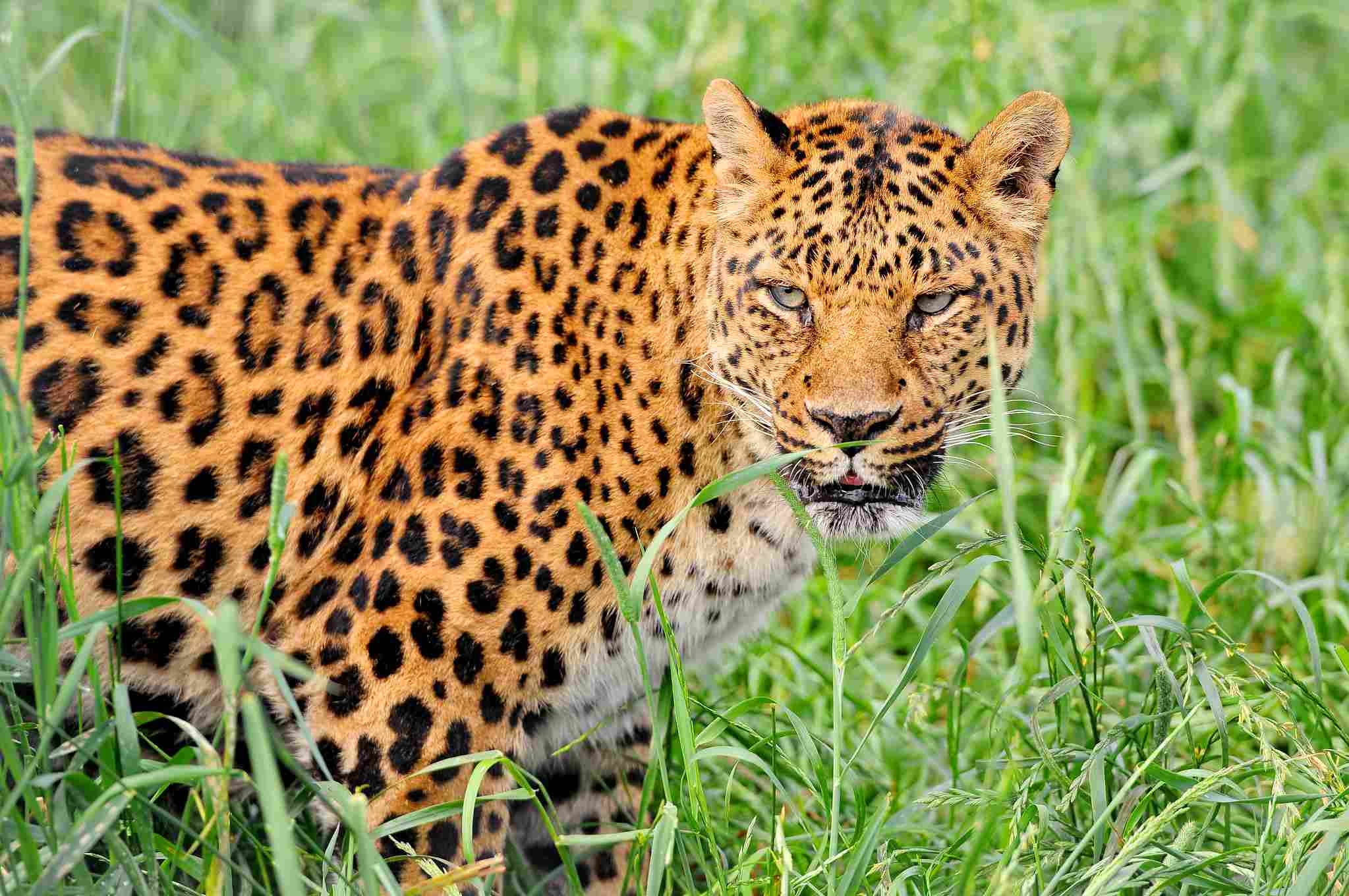
9). Lifespan
Leopards generally have a longer lifespan compared to cheetahs. On average, leopards can live up to 12 to 15 years in the wild, although some individuals have been known to live beyond 20 years. In captivity, where they are protected from natural threats and have access to proper healthcare, leopards can live even longer, with some reaching their early 20s or even 30s.
In contrast, cheetahs have a relatively shorter lifespan. In the wild, cheetahs typically live for about 10 to 12 years. This shorter lifespan can be attributed to various factors, including the challenges they face in their habitat, such as competition with other predators and the risk of predation. In captivity, where they receive specialized care and protection, cheetahs can live slightly longer, with some individuals reaching their late teens.
The difference in lifespan between leopards and cheetahs can be attributed to their distinct ecological adaptations and behaviors. Leopards’ adaptability to various habitats and their ability to climb trees provide them with a wider range of resources and opportunities for survival. On the other hand, cheetahs’ specialization in high-speed pursuits and their reliance on open grasslands make them more vulnerable to threats and limit their lifespan.
10). Behavior
Leopards and cheetahs exhibit distinct behaviors that are shaped by their ecological adaptations and lifestyles.
When it comes to feeding, leopards are known for their opportunistic hunting behavior. They have a diverse diet and can prey on a wide range of animals, including small mammals, birds, and even larger prey like antelopes. Leopards are also known for their ability to drag their kills up into trees to protect them from scavengers.
On the other hand, cheetahs have a more specialized feeding behavior. They rely primarily on hunting small to medium-sized ungulates, such as gazelles and impalas. Unlike leopards, cheetahs are not capable of climbing trees, so they must consume their prey quickly to avoid losing it to other predators.
In terms of aggression, both leopards and cheetahs can display aggressive behavior when threatened or during territorial disputes. However, leopards are generally considered to be more aggressive and territorial than cheetahs. Leopards are known to mark their territories with scent markings and vocalizations to ward off intruders.
When it comes to vocalization, leopards have a wide range of vocalizations, including growls, roars, and purrs. These vocalizations serve various purposes, such as communication with other leopards and signaling their presence to potential prey or rivals. Cheetahs, on the other hand, have a more limited vocal repertoire and mainly communicate through purring and chirping sounds.
In terms of social behavior, leopards are generally solitary animals, with males and females coming together only for mating purposes. In contrast, cheetahs are more social and often form small groups consisting of a mother and her cubs. These groups may stay together for several months before the cubs become independent.
In general, the behavior of leopards and cheetahs reflects their distinct ecological adaptations and lifestyles, with leopards exhibiting more opportunistic and aggressive behaviors, while cheetahs display more specialized feeding and social behaviors.
11). Reproduction
In terms of reproduction, both leopards and cheetahs are viviparous, meaning they give birth to live young. However, there are some differences in their reproductive processes.
Leopards have a gestation period of approximately 90 to 105 days. During this time, the female leopard will find a secluded den or cave to give birth to her cubs. A typical litter size for leopards ranges from one to six cubs, with two or three being the most common. The cubs are born with closed eyes and are completely dependent on their mother for the first few weeks of their lives.
On the other hand, cheetahs have a slightly shorter gestation period of around 90 to 95 days. Cheetah females also seek out secluded areas to give birth, such as dense vegetation or rocky outcrops. A cheetah litter usually consists of three to five cubs, although larger litters of up to eight cubs have been recorded. Unlike leopards, cheetah cubs are born with open eyes and are able to walk within hours of birth.
When comparing the reproductive strategies of leopards and cheetahs, it is clear that both species have adapted to their respective environments. Leopards have a longer gestation period and smaller litter sizes, which may be advantageous for their solitary lifestyle and diverse hunting habits. Cheetahs, on the other hand, have a shorter gestation period and larger litter sizes, which may increase the chances of survival for their vulnerable cubs in open grassland habitats.
12). Danger Posed to Humans
Leopards and cheetahs generally do not pose a significant danger to humans. Both species tend to avoid human settlements and prefer to inhabit remote areas away from human activity. However, there have been occasional instances where these big cats have come into close proximity with humans.
In terms of aggression towards humans, leopards are known to be more adaptable and opportunistic hunters. They have been reported to occasionally prey on domestic livestock, which can bring them into conflict with humans. However, leopard attacks on humans are rare, and most incidents occur when the animal feels threatened or cornered.
On the other hand, cheetahs are generally more docile and less likely to pose a threat to humans. They are not known to actively target humans or livestock. Cheetahs are more inclined to avoid confrontation and will typically retreat if they encounter humans.
When it comes to the rate of human deaths caused by these big cats, leopards are responsible for a higher number of fatalities compared to cheetahs. However, it is important to note that such incidents are still relatively rare and occur mainly in areas where human populations overlap with leopard habitats.
If you happen to encounter a leopard or cheetah in the wild, it is crucial to exercise caution and maintain a safe distance. Avoid approaching the animal and give it space to retreat. In the unlikely event of an aggressive encounter, it is advisable to back away slowly without turning your back on the animal.
13). Intelligence
When comparing the intelligence of leopards and cheetahs, it is important to consider their different hunting strategies and behaviors.
Leopards are known for their adaptability and problem-solving skills. They are highly intelligent predators that can adapt to various environments and hunting conditions. Leopards are skilled climbers and have the ability to drag their prey up into trees to protect it from other predators. This behavior demonstrates their strategic thinking and planning abilities.
On the other hand, cheetahs are known for their incredible speed and agility, but their intelligence is more focused on hunting techniques. Cheetahs rely on their exceptional eyesight and quick decision-making skills to identify and pursue their prey. They have to make split-second decisions during high-speed chases, which requires a certain level of cognitive ability.
In terms of overall intelligence, it is difficult to determine which species is more intelligent as they possess different skills and adaptations that are suited to their specific lifestyles. Leopards’ adaptability and problem-solving skills make them highly intelligent in their own right, while cheetahs’ specialized hunting techniques showcase their intelligence in a different way.
14). Tracks
When comparing the tracks of leopards and cheetahs, there are distinct differences that can help identify which animal left the mark.
Leopard tracks are characterized by their rounded shape and four toes with retractable claws. The hind tracks are slightly larger than the front tracks, and the overall track size can vary depending on the individual’s size. The presence of claw marks is often visible in leopard tracks, indicating their ability to climb trees and drag prey.
On the other hand, cheetah tracks are more elongated and have a distinctive teardrop shape. They have three lobes at the bottom, representing the three lobes of the cheetah’s pad. The claws are non-retractable, and their tracks do not usually show claw marks. Cheetah tracks are also generally smaller in size compared to leopard tracks.
These differences in track characteristics can be useful for wildlife trackers and researchers to determine the presence and movement of these big cats in an area. By analyzing the tracks, experts can gain insights into their behavior, habitat use, and population dynamics.
15). Conservation Status
The conservation status of both leopards and cheetahs is a matter of concern due to their vulnerable populations. Both species are classified as “endangered” or “threatened” by various conservation organizations.
Leopards face several threats to their survival in the wild. Habitat loss and fragmentation due to human activities, such as deforestation and urbanization, are major factors impacting their populations. Additionally, illegal hunting and poaching for their skins and body parts pose a significant threat. The demand for leopard products in the illegal wildlife trade further exacerbates their decline.
Similarly, cheetahs also face significant challenges in terms of conservation. Loss of habitat, primarily due to agricultural expansion and human encroachment, is a major threat to their survival. Cheetahs require vast open spaces to hunt and roam, and the fragmentation of their habitats restricts their ability to thrive. Additionally, they are often targeted by farmers who perceive them as a threat to livestock, leading to conflict and retaliatory killings.
Efforts are being made to conserve both species through various initiatives, including protected areas, anti-poaching measures, and community-based conservation programs. These efforts aim to address the main threats to their survival and promote coexistence between humans and these magnificent big cats.
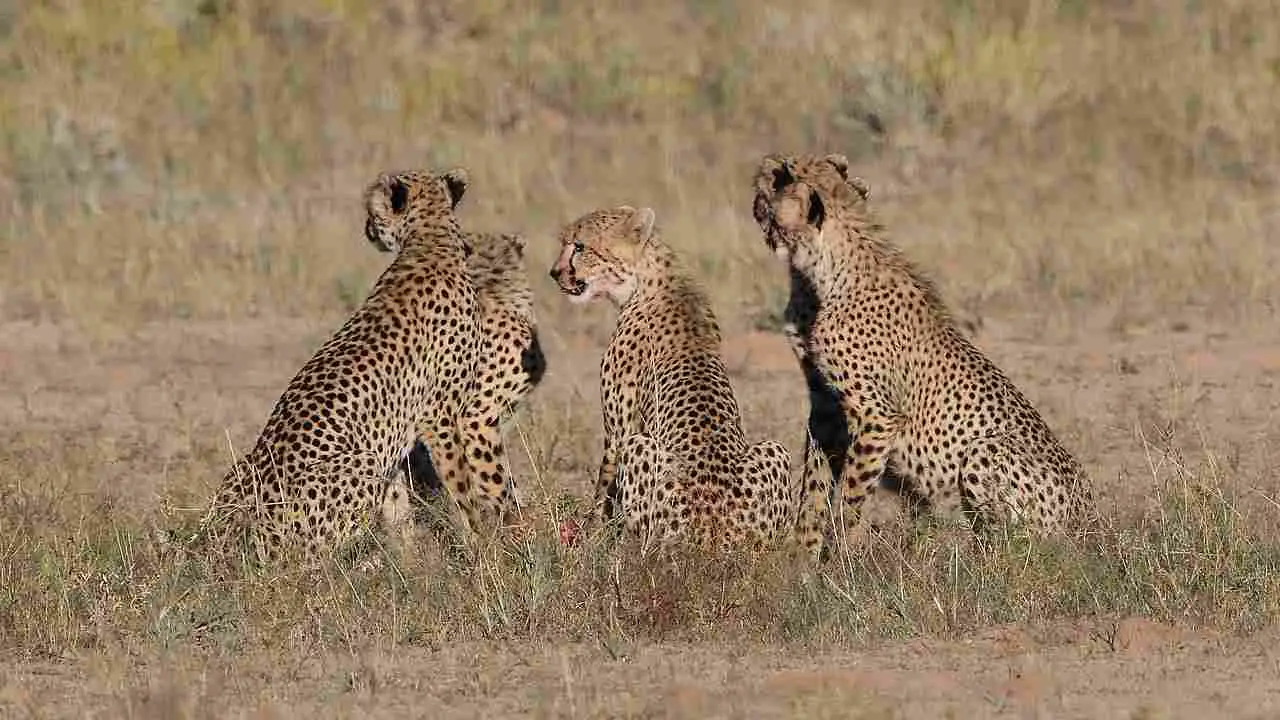
Conclusion
I). SIMILARITIES
Both leopards and cheetahs share some similarities in terms of their physical characteristics and ecological roles. Both are large cats belonging to the Felidae family and are known for their incredible speed and agility. They have muscular bodies, sharp retractable claws, and keen senses that aid in their hunting abilities. Additionally, both species have adapted to their respective habitats, with the ability to camouflage themselves in their surroundings.
II). DIFFERENCES
Despite their similarities, there are several notable differences between leopards and cheetahs. One key difference lies in their physical appearance. Leopards have a more robust build with a stocky frame, while cheetahs have a slender and streamlined body. Another significant difference is their hunting strategy.
Leopards are known for their stealth and strength, relying on ambush tactics to capture their prey. On the other hand, cheetahs are built for speed and are the fastest land animals, capable of reaching incredible speeds in short bursts to chase down their prey.
In terms of habitat, leopards are highly adaptable and can thrive in various environments, including forests, grasslands, and mountains. Cheetahs, on the other hand, prefer open grasslands and savannahs where they can utilize their speed to their advantage. Additionally, leopards have a wider distribution range compared to cheetahs, who are mainly found in sub-Saharan Africa.
Therefore, while leopards and cheetahs share some similarities, such as their membership in the Felidae family and their hunting abilities, they also have distinct differences in terms of their physical appearance, hunting strategies, preferred habitats, and distribution ranges.

